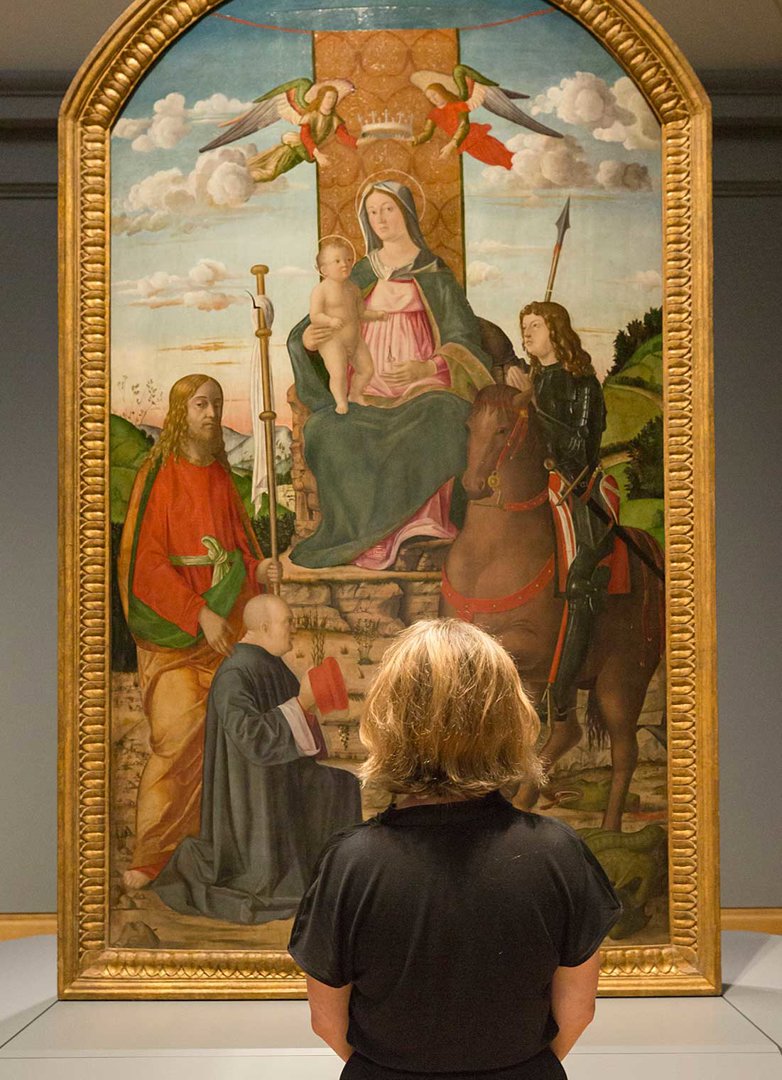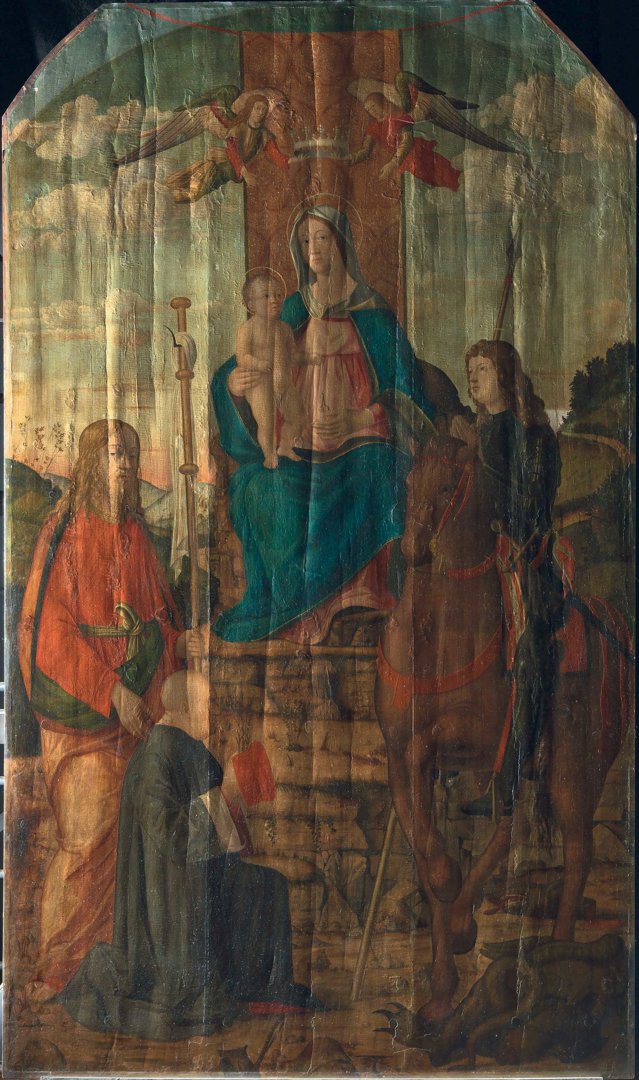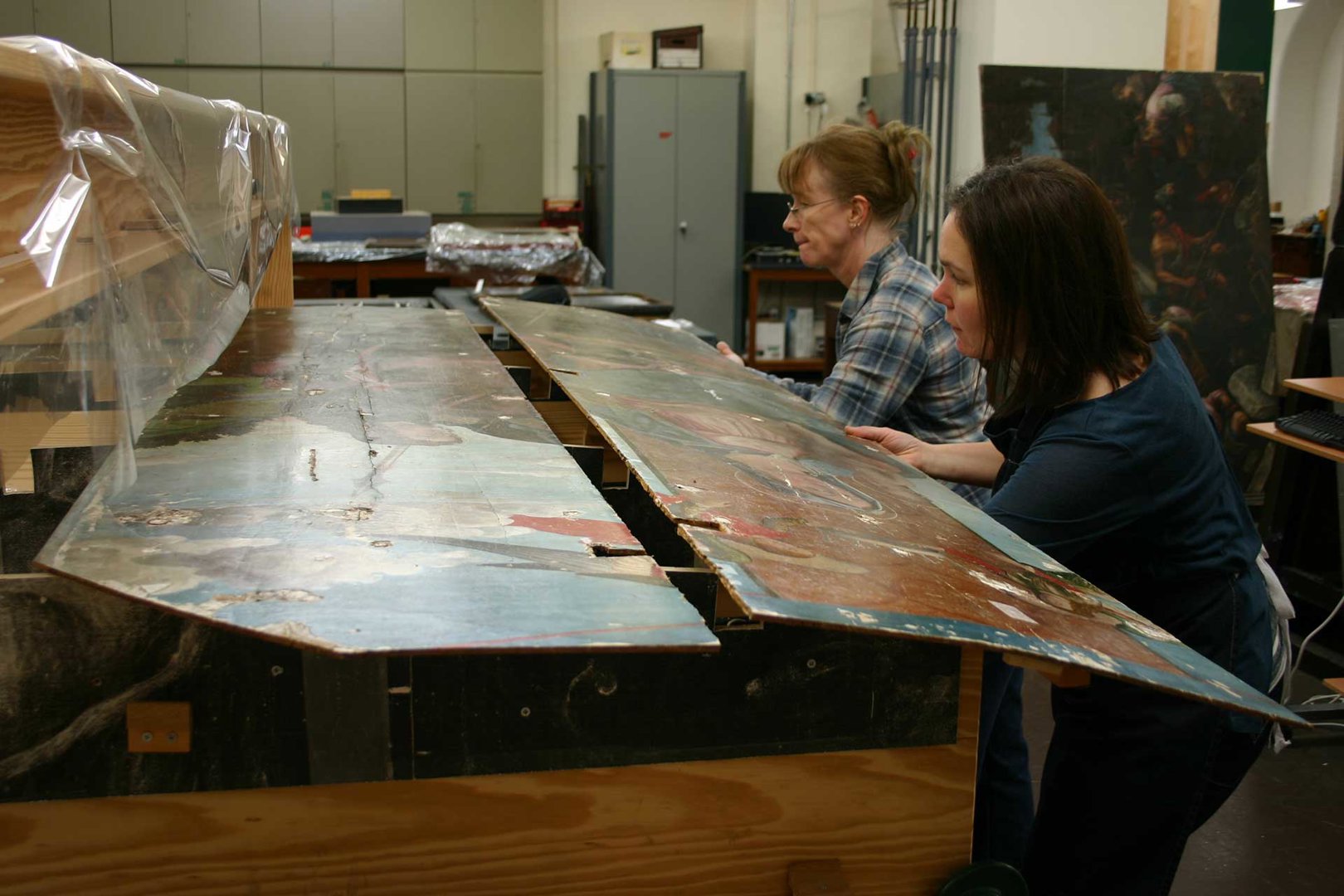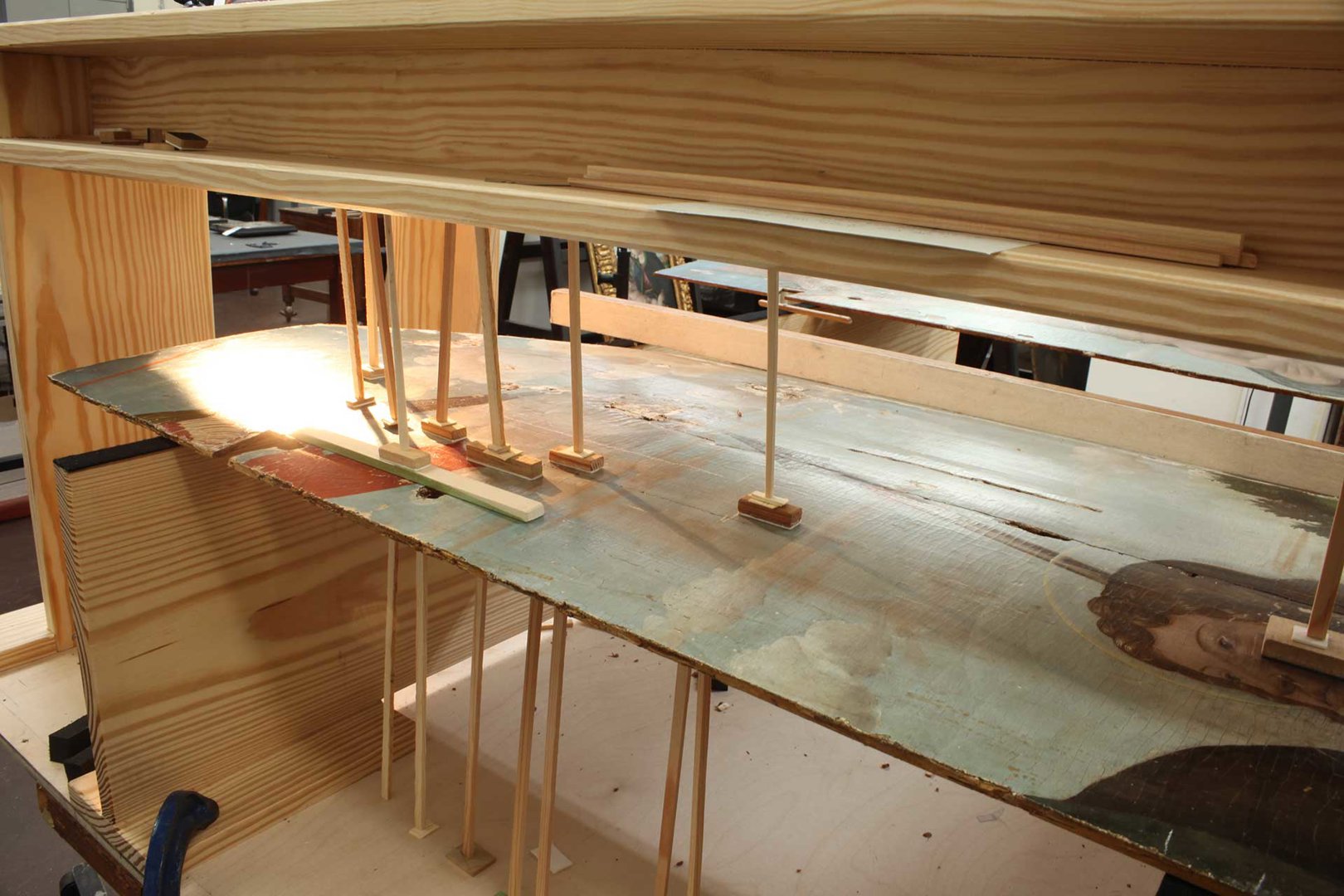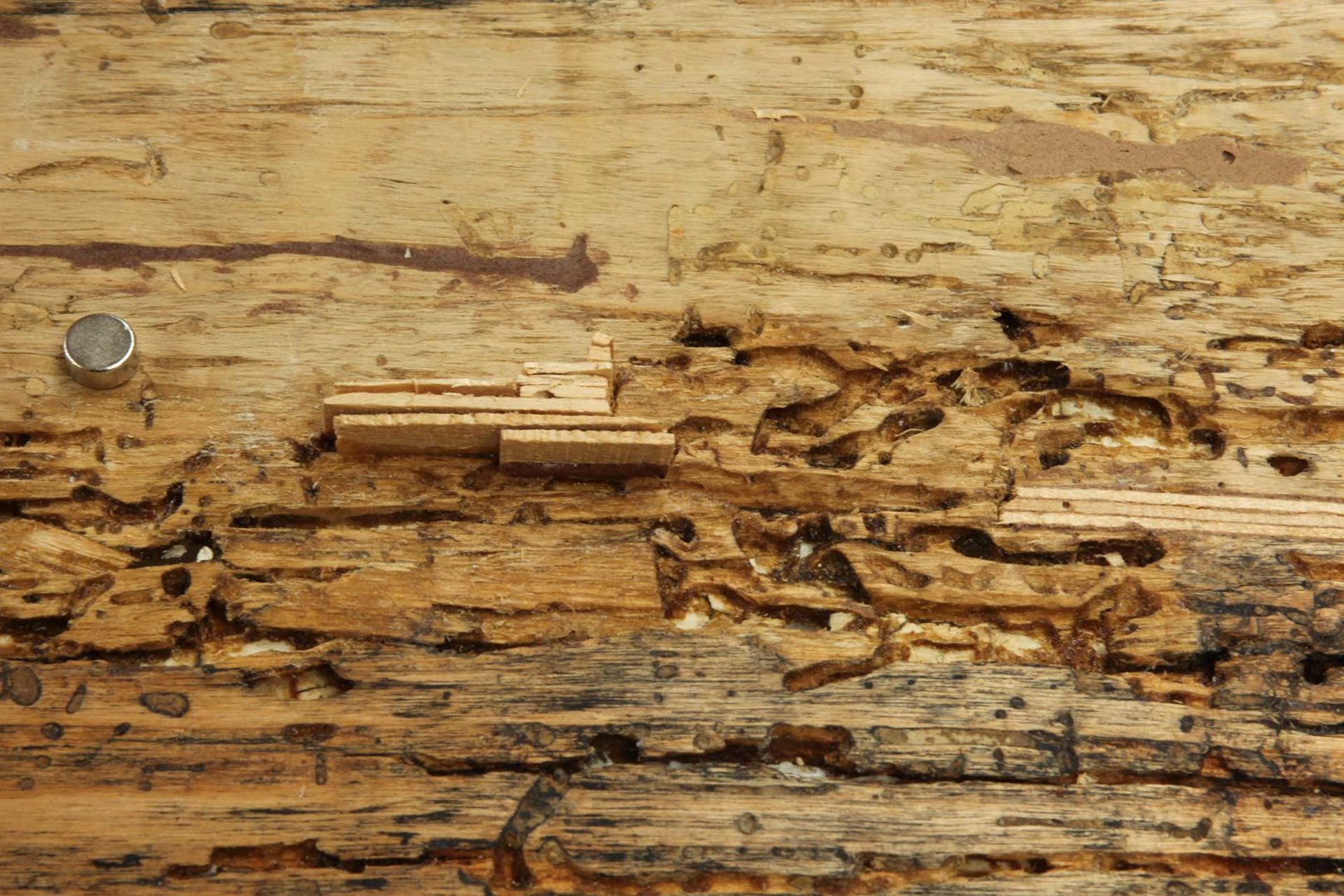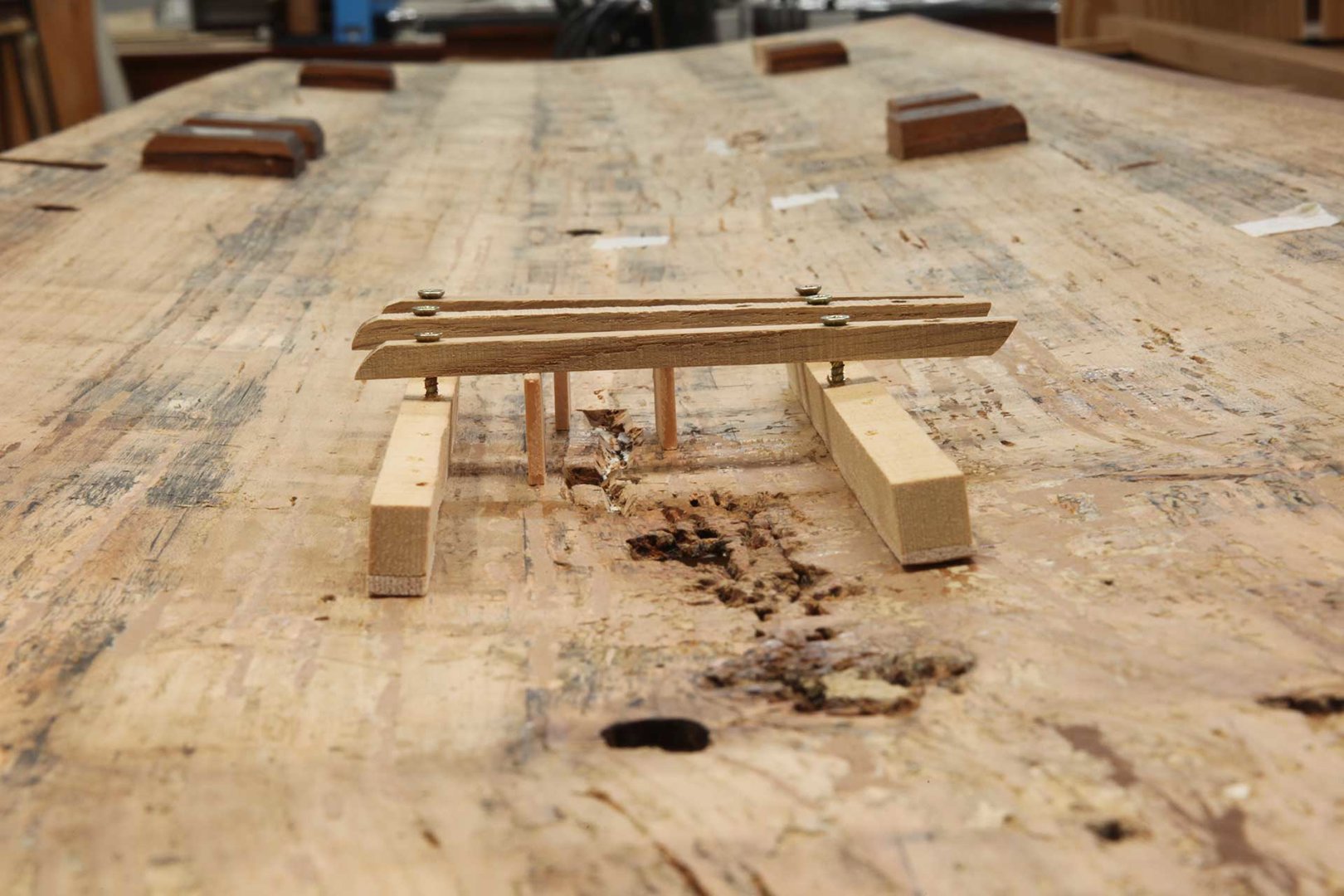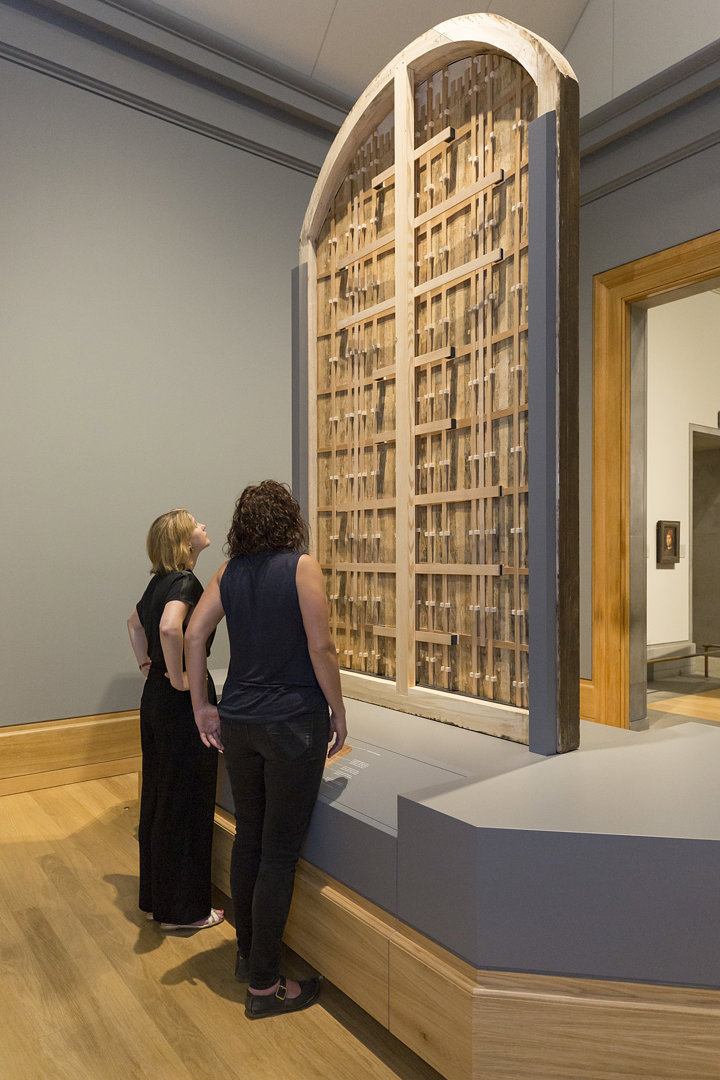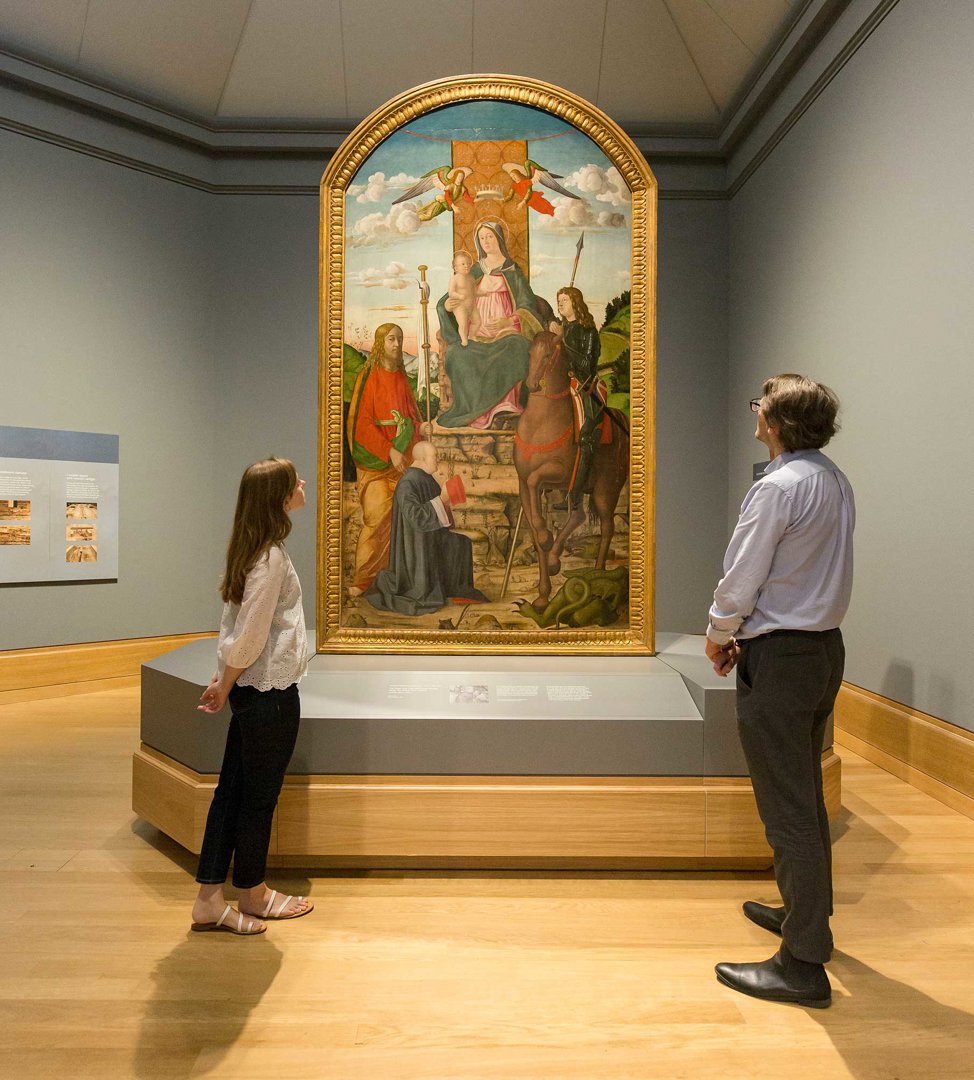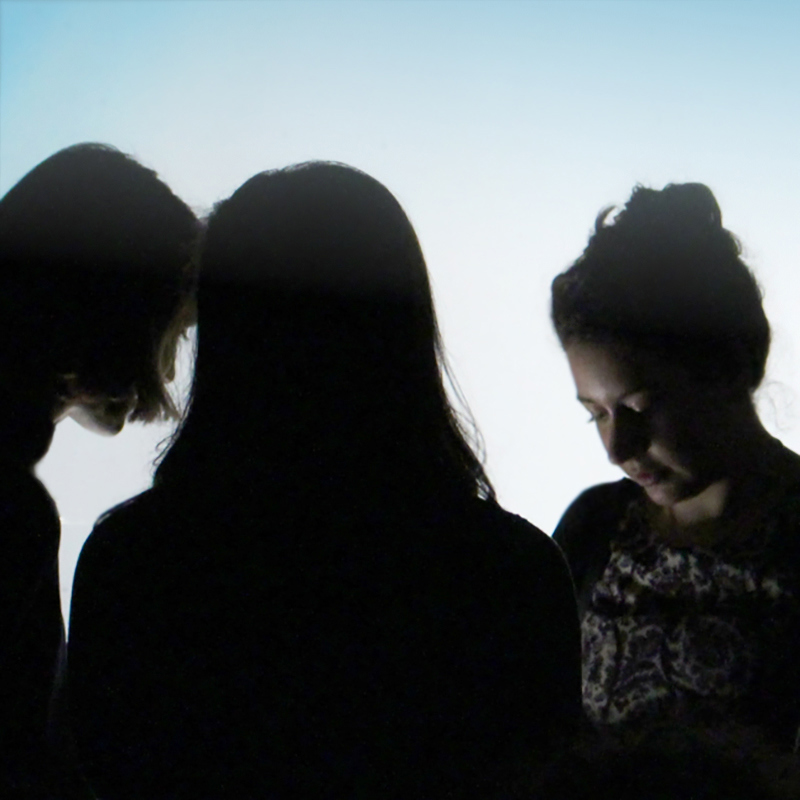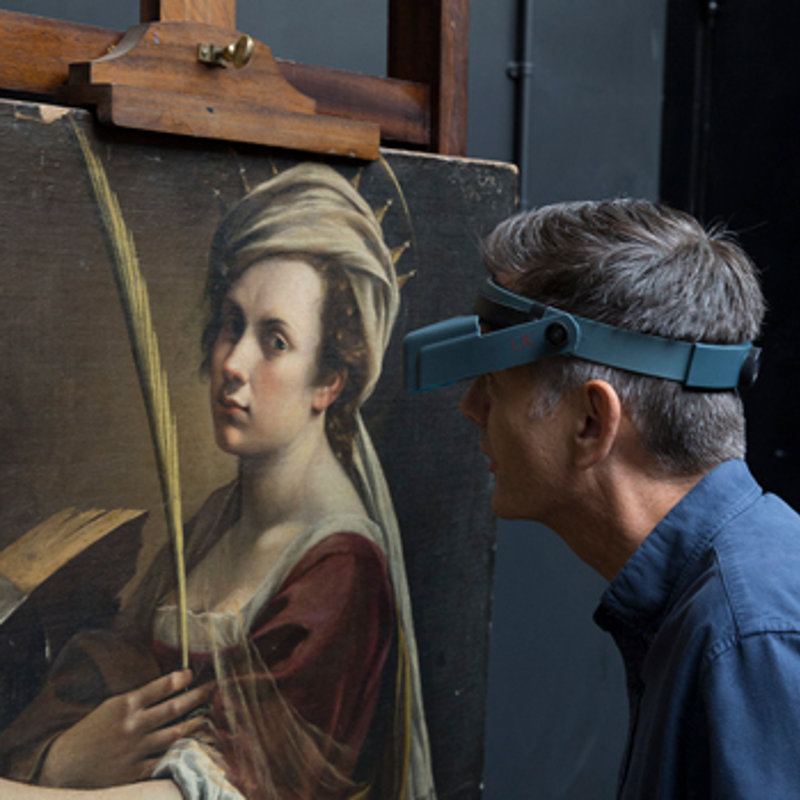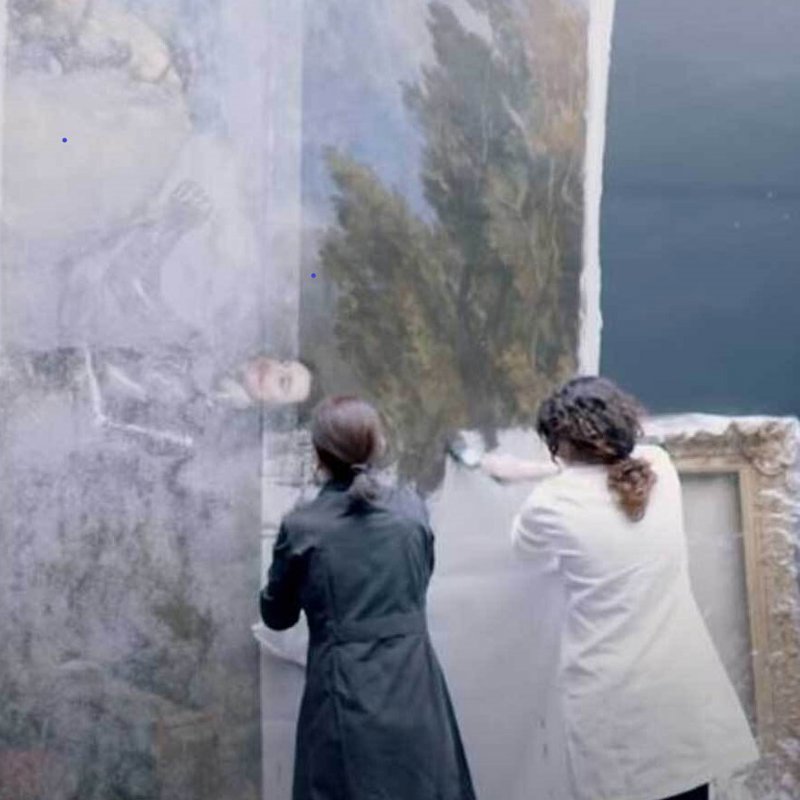‘The Virgin and Child with Saints’ is an Italian Renaissance panel painting which would have originally hung in an Italian church as an altarpiece. The altarpiece is an early 16th-century example of a Sacra Conversazione, meaning holy conversation, where attendant saints are grouped around the Virgin and Child. In this example, the Apostle James the Greater, Saint George, and a kneeling figure, who is thought to be a representation of the patron of this painting, are shown.
A complex conservation challenge
When the altarpiece entered the collection in 1867 it had already survived several major structural changes including the removal of the arched top. It was decided, at the time, that the altarpiece would be conserved using a technique called cradling. While the intentions were good and the technique was considered best practice at the time, the consequences of this 19th-century treatment created a complex conservation challenge for our conservators in the 21st century.
Cradling is the practice of attaching a cradle – a lattice of wooden slats – to the back of a wooden panel painting to provide structural support. When our altarpiece underwent this treatment in the 19th century, its panel (constructed of three poplar boards) was thinned - reducing the depth from 4-5cm to just 5mm - and flattened before the cradle was glued to the back. While this cradle did structurally support the altarpiece it also restricted the natural movements and contractions of the wooden panel which, over time, led to splits, distortion and cracks in the altarpiece, which were best seen in raking light (a bright light shone almost parallel to the surface to highlight the distortion). The combined treatment of thinning the panel and attaching an inflexible cradle was probably the most damaging structural intervention this altarpiece has undergone.
Damage and repair
Over the course of seven years, we carried out an extensive set of treatments and repairs including cleaning off old glue, leveling the splits in the wooden panel and building up areas that had suffered from severe, historic woodworm. However, it was the replacement of the 19th-century cradle with a new auxiliary support, which proved to be the most complex part of this conservation project.
A flexible friend
We designed a new auxiliary support to reinforce the thinned and weakened panel. The auxiliary support provides both structural stability and flexibility, to allow the wooden panel to continue to move and contract without causing any further cracks.A series of horizontal battens and vertical struts have been used to hold the painting securely in the frame while allowing the panel to move if it needs to. We also attached an arched addition to the top of the auxiliary support to suggest the original arched form of the altarpiece without physically attaching it to the original panel.
For the first time in 100 years
As a result of this complex conservation, for the first time in more than 100 years the altarpiece is on display. You can see Giovanni Martini da Udine’s ‘The Virgin and Child with Saints’ (and its new auxiliary support) in Room 56.


